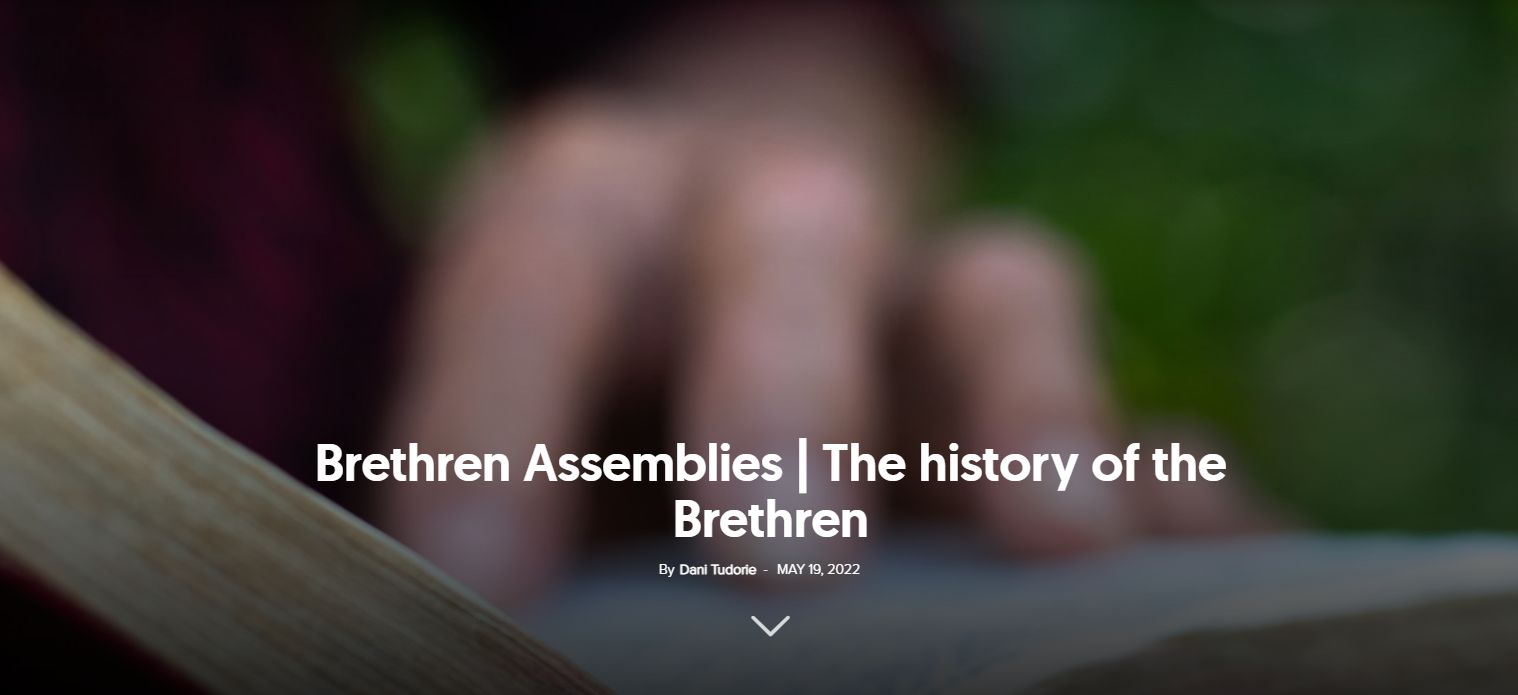The Methodist Church emphasised practical sanctification and mission, these aspects being necessary in contemporary Christianity as well.
The ferment of religious revival brought about by the Protestant Reformation in the sixteenth century continued in the seventeenth century through both the Puritan and the Pietist movements. These two movements crystallised several major trends, such as the emphasis on religious life, Christian fellowship, the access of lay people to the interpretation of the Scriptures, and last but not least, preaching centred on zealous appeals to reconciliation with Jesus Christ.[1]
At the heart of the revival efforts were the small groups, called on the mainland the collegia pietatis (assemblies of piety) or collegia philobiblia (groups of Bible lovers), and in Britain, religious societies.[2] One of the most influential groups of the eighteenth century was formed at Oxford in the early 1730s around John Wesley (1703-1791) and his brother Charles (1707-1788). Wesleyan Arminian theology, which emphasised the ability of the human will to respond to divine grace, was considered by the English Reformed theologians a “new method.” This, as well as the methodical rules meticulously followed by the group gathered around the Wesley brothers, brought them the derogatory name of “Methodists.”[3]
The Church changes the world not by making converts, but by making disciples. (John Wesley)
Their keen interest in returning to early Christianity was one of the reasons why the two Wesley brothers, already ordained priests in the Anglican Church, travelled to the newly established Georgia colony on the new continent.[4] Although not as successful as expected, during the two missionary years (1735-1737), John Wesley was influenced by a group of Moravian Brethren, descendants of the Czech Hussite Christians. The Moravian group argued that it is natural for the experience of every Christian to have the security of salvation and the conviction that they are received by God when they repent.[5]
Although John Wesley was a Bible scholar, he lacked the conviction and confidence that he was saved. On the evening of May 24, 1738, at a meeting of a religious society on Aldersgate Street in London, listening to the reading of Martin Luther’s preface to the Epistle to the Romans, Wesley describes in his diary how his heart was unusually warmed.
“I felt I did trust in Christ, Christ alone, for salvation; and an assurance was given me that He had taken away my sins, even mine, and saved me from the law of sin and death.”[6] This experience, preceded by a similar one experienced by Charles three days earlier, was a decisive moment for the Wesley brothers and the starting point for a religious revival that encompassed Great Britain and its American colonies.
John Wesley wanted a reformation of the English Anglican Church, of which he remained a member until his death. However, the fact that he often preached outdoors to thousands of people, encouraging others to do the same, and that he ignored parish boundaries and Anglican bishops’ dispositions, encouraging impromptu prayer and private religious meetings, led to the formation of a new religious group, Methodism. It was first officially organised in the United States (1784) and, after the death of John Wesley (1791), in Great Britain as well.[7]
The efforts of the one who liked to be called homo unius libri, “the man of one book,”[8] were based on the Bible, John Wesley’s bedside book. His collection of sermons, as well as his study notes on the New Testament became the doctrinal textbooks of the newly established Methodist Church. These outline four features that describe the Methodist ethos.[9]
First, the emphasis is on sanctification, the goal of which is Christian perfection. Sanctification is a lifestyle characterised by love, in which the righteousness imputed by Jesus to believers, which brings deliverance from the punishment of sin, is united with the righteousness imparted to believers, which brings deliverance from the power of sin. In this way, Methodism shifts the focus from emphasis on the status of the believer (justification) belonging to Protestantism, to the gradual process of life transformation (sanctification).
This transformation leads to a practical apprenticeship, the second feature of Methodism. A holy life is described by godly and merciful deeds. Methodism thus seeks to maintain the unity of faith and works. Evidently, the standard for a holy life is the divine law, which the believer can now obey as a result of the transformation generated by divine grace.
The third characteristic is the idea that Christian fellowship is a disciplined one, in which personal salvation cannot be separated from the Christian community.
This community orientation leads to the fourth feature of Methodism: the evangelical mission. Rejecting the Reformed predestination, Methodism states that all must be saved, all can be saved, all can know that they are saved, and all can be saved all the way.
The Methodist ethos spread rapidly, making Methodism the largest Christian group in the United States in the second half of the 19th century.[10]
The importance given to perfection in the Christian experience had repercussions that had not been intuited by the Wesley brothers. On the American continent, under the leadership of Phoebe Palmer (1807-1874), a mixture of historical Pietism, religious revival, and perfectionism led to the formation of the Holiness Movement.[11]
While Wesley understood the experience of Christian holiness as a gradual process of replacing sin with love by faith and the exercise of spiritual disciplines, Palmer chose a shortcut, explained as an act of complete surrender to God, followed by a public witness. This testimony, in her view, would bring complete sanctification.[12] This attention given to the instant experience led to the rise of the Pentecostal movement in the early twentieth century.[13]
Also in the United States, Methodism influenced another movement that would perpetuate an emphasis on divine law in relation to the daily sanctification in the life of a Christian: Seventh-day Adventism.[14] Two of the most influential books in Adventism, Steps to Christ and The Desire of Ages, written by Ellen G. White (1827-1915), reflect the Methodist understanding of divine grace, free will, and the relationship between justification and sanctification.[15] The Seventh-day Adventist Church thus continued the Methodist emphasis on practical, disciplined, community-centred, and mission-oriented sanctification.
Adrian Petre is convinced that the emphasis placed by Methodism on practical sanctification and mission is a necessary one in contemporary Christianity as well.




















